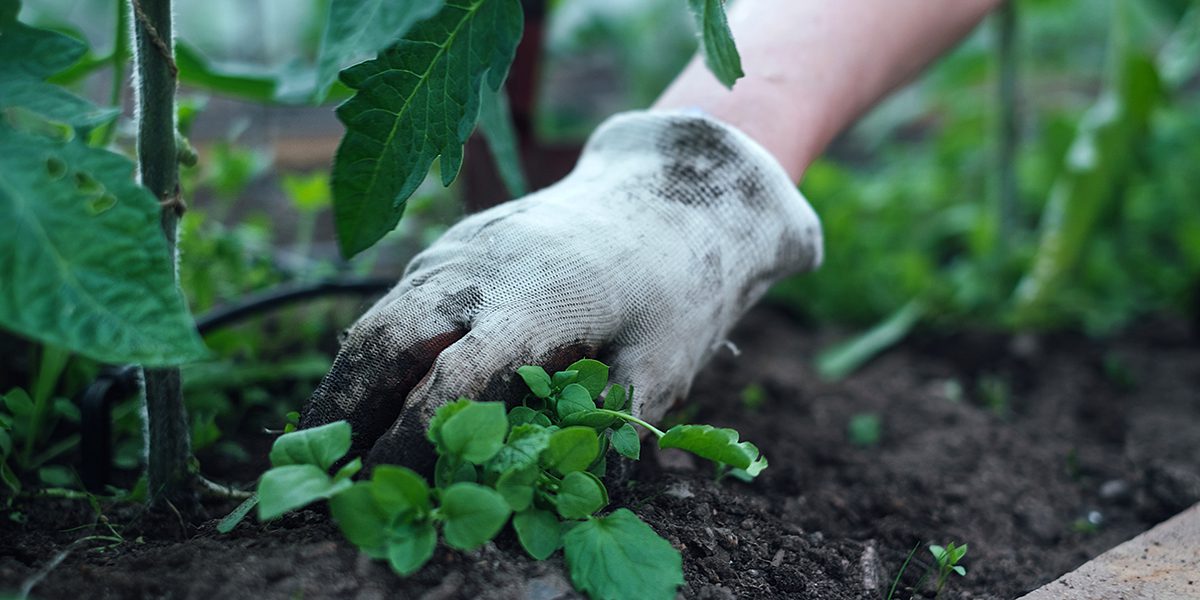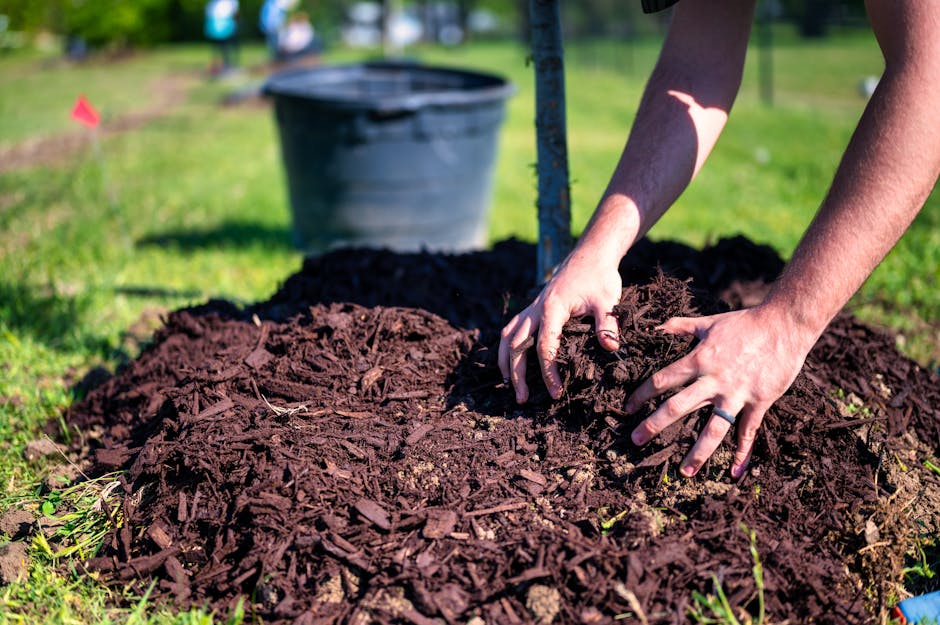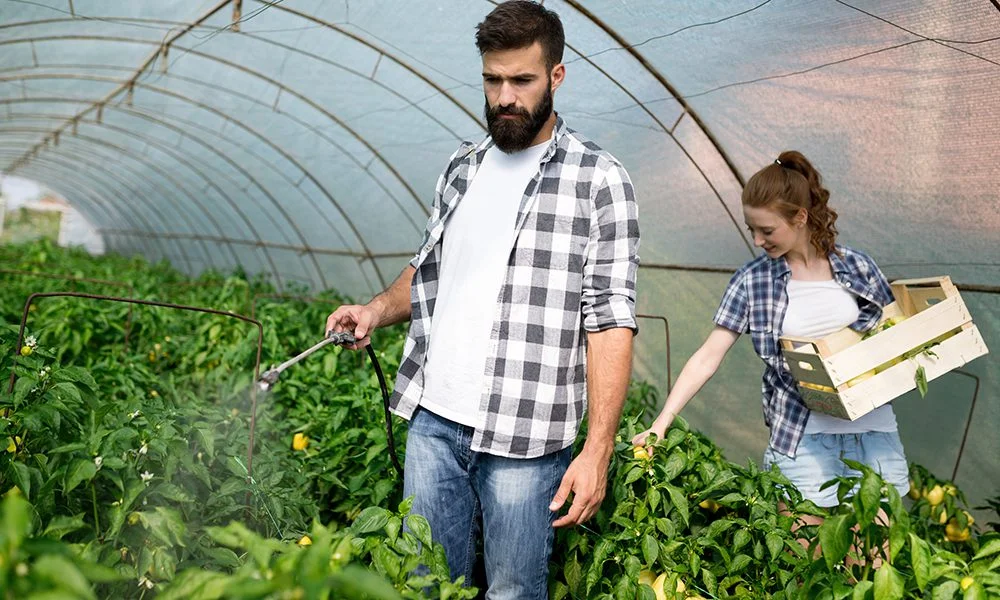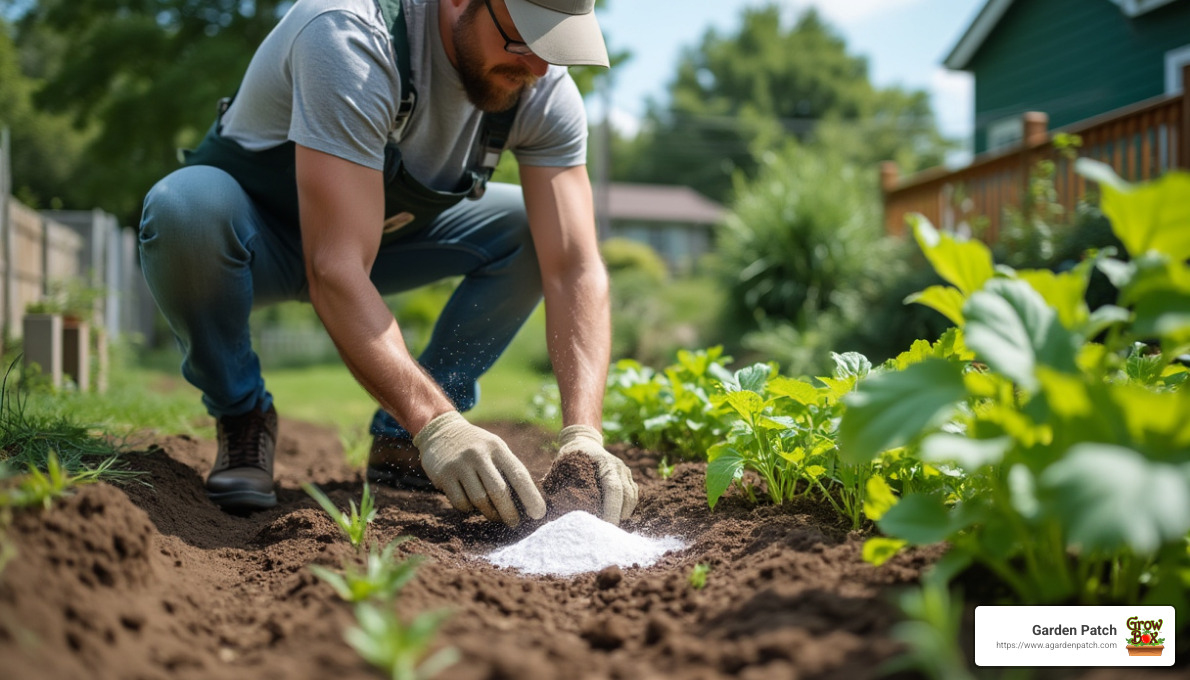Learn what is invading your garden and how to ward off weeds for good. Call us at A Garden Patch today!
Weeds in the garden compete with your plants for space and sunlight. They can starve your greenery, carry pesky insects and diseases, and destroy your hard work. That’s why it’s so important to know what is growing in your garden so you can protect your plants and help them thrive.
At A Garden Patch, the creators of the original The Garden Patch GrowBox™, we have helped thousands of people grow amazing gardens. We can help you identify the most common weeds you may come across and how to get rid of them for good.
Understanding Different Types of Weeds
The Weed Science Society of America explains the different types of weeds. Each type poses problems for your garden and may require different treatment solutions.
- Regular weeds: Any plant that is growing where it is not wanted, causes economic loss or damage, or damages the health of surrounding humans, plants, or animals.
- Invasive weeds: A species of plant that is living outside of its natural habitat and in a new environment. Since it is not living where it normally should, there are no natural predators to keep growth at bay, which causes the weed to persist and spread.
- Noxious weeds: A plant that the state, federal, or local government has designated as “injurious to public health, agriculture, recreation, wildlife, or property.”
Regular Weeds
Pigweed: Pigweed is an annual weed with three major identifying features: oval-shaped leaves, prominent veins, and small greenish flowers. The best way to keep pigweed at bay is to pull it out before it starts to flower. One of the main reasons that pigweed is troublesome is because it not only spreads through seeds but also through pollen. That’s why it becomes a much larger problem as the plant matures.
Dandelion: The dandelion is a perennial weed that you can identify most notably by its bright yellow flowers. Due to the deep roots, dandelions will overtake almost everything in your garden, so be sure to cut the weed off at its source to prevent it from coming back again. The dandelion is one of the least harmful weeds on this list, so if you don’t mind it, its blossoms can even be a small source of nutrients for bees.
Crabgrass: Crabgrass can be difficult to discern from regular grass, but one way to tell it’s crabgrass is that it’s a bit thicker and can grow in bunches at the edge of your yard. If you have crabgrass, water less frequently and deeper into the soil. Shallow watering won’t penetrate the good roots, and the weeds in the garden will grow even more. Applying fertilizer and pre-emergent every 6-8 weeks from the winter into early spring can help crabgrass from re-emerging the following year.
Invasive Weeds
Bindweed: Bindweed, which has white and pink flowers similar to morning glories, grows through the roots of other plants. This characteristic makes it extremely invasive and difficult to get rid of. While it can be a challenge, controlling bindweed is not impossible if you can block it from receiving sunlight with a weed-controlling fabric or tarp. You can also use cost-effective shredded newspaper to keep the weed at bay and keep it from returning.
Stinging nettle: Stinging nettles are invasive weeds that you can identify by their sharp hairs. You can pull them out at the roots; however, be sure to wear protective gloves. This weed can leave you with a nasty blistering rash.
Chinese privet: Privets are common on hedges, in vegetable gardens, and in other landscapes. Privets can invade quickly and destroy the roots of your other plants. You can get rid of this weed by treating your garden with herbicide. However, it’s important to make sure your fertilizer remains healthy after you apply it so that you don’t accidentally kill your healthy plants in the process! Learn more tips and tricks in this vegetable garden fertilizer guide.
Noxious Weeds
Japanese knotweed: Japanese knotweed has tiny green to white flowers with seeds that can travel through discarded cuttings or even through the soles of your shoes while you’re planting. Treating with herbicide both in the late spring and early fall can help to keep this harmful weed from coming back again.
Parrotfeather: You’ commonly find parrotfeather in aquatic gardens or garden ponds. However, this noxious weed poses two issues: it can overtake your other pond plants and create a thriving habitat for mosquito larvae. If this happens, we recommend effective Mosquito Dunks from A Garden Patch to keep the problem from getting worse while you’re handling the weed.
Don’t willingly bring this weed into your garden pond! If it grows naturally, spray with glyphosate, a type of herbicide that controls broadleaf weeds in the garden.
Canada thistle: You will recognize this weed from its spiky leaves and purple flowers, which can reseed or spread through its roots. A single plant can have 1,500 to 5,000 seeds alone. You can either hand-dig these garden perpetrators out of the ground or treat them with herbicide.
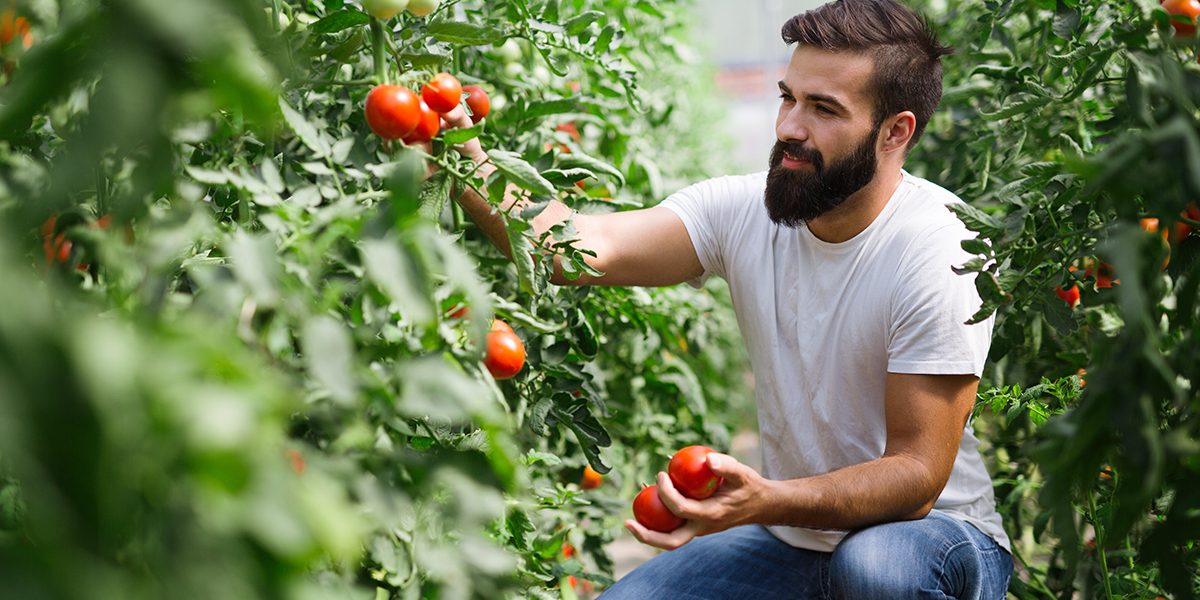
Prevention Is the Best Protection for Your Garden
Weeds in the garden can get out of control if you are not consistently keeping up with them. This makes prevention the best protection for your garden. Make sure to keep a generous amount of mulch around your plants to keep weeds’ seeds from taking root around your garden plants. Also, be mindful of thin areas that are vulnerable to invasive or noxious species.
Aggressive lawn upkeep can be expensive and labor-intensive for the average gardener. That’s why products like The Garden Patch GrowBox™ can be an excellent solution for beginners and pros alike. This self-contained, self-watering solution gives you the garden of your dreams while saving you time and money.
At A Garden Patch, we are helping thousands of people take the guesswork out of growing their gardens and creating beautiful landscapes. No weeding or digging is required!
Contact us at (800) 519-1955 to learn how you can start a garden or vegetable patch with your very own GrowBox™!

